

- RFQ
- BOM
-
Contact Us
Tel: +86-0755-83501315
Email: sales@sic-components.com
- Chinese
- English
- French
- German
- Portuguese
- Spanish
- Russian
- Japanese
- Korean
- Arabic
- Irish
- Greek
- Turkish
- Italian
- Danish
- Romanian
- Indonesian
- Czech
- Afrikaans
- Swedish
- Polish
- Basque
- Catalan
- Esperanto
- Hindi
- Lao
- Albanian
- Amharic
- Armenian
- Azerbaijani
- Belarusian
- Bengali
- Bosnian
- Bulgarian
- Cebuano
- Chichewa
- Corsican
- Croatian
- Dutch
- Estonian
- Filipino
- Finnish
- Frisian
- Galician
- Georgian
- Gujarati
- Haitian
- Hausa
- Hawaiian
- Hebrew
- Hmong
- Hungarian
- Icelandic
- Igbo
- Javanese
- Kannada
- Kazakh
- Khmer
- Kurdish
- Kyrgyz
- Latin
- Latvian
- Lithuanian
- Luxembou..
- Macedonian
- Malagasy
- Malay
- Malayalam
- Maltese
- Maori
- Marathi
- Mongolian
- Burmese
- Nepali
- Norwegian
- Pashto
- Persian
- Punjabi
- Serbian
- Sesotho
- Sinhala
- Slovak
- Slovenian
- Somali
- Samoan
- Scots Gaelic
- Shona
- Sindhi
- Sundanese
- Swahili
- Tajik
- Tamil
- Telugu
- Thai
- Ukrainian
- Urdu
- Uzbek
- Vietnamese
- Welsh
- Xhosa
- Yiddish
- Yoruba
- Zulu
- Kinyarwanda
- Tatar
- Oriya
- Turkmen
- Uyghur
ICs for ADAS Systems: Key Components, Architectures, and Future Directions
1. Importance of ADAS ICs
Advanced Driver Assistance Systems (ADAS) rely on integrated circuits (ICs) to enable critical functions such as collision avoidance, lane-keeping, and adaptive cruise control. These ICs act as the nervous system of ADAS, processing data from sensors (cameras, radar, LiDAR) and executing real-time decisions to enhance safety and autonomy. Key roles include:
Sensor Fusion: Merging data from multiple sensors to create a unified environmental model.
Real-Time Processing: Handling high-volume data streams with low latency (e.g., <100 ms for emergency braking).
Functional Safety: Ensuring compliance with ISO 26262 standards, which mandate fault detection and redundancy.
System Integration: Reducing complexity through centralized domain controllers and edge computing platforms.
ADAS ICs must operate under harsh automotive conditions, including wide voltage fluctuations (6–50 V), extreme temperatures (-40°C to 150°C), and electromagnetic interference (EMI). Their reliability directly impacts vehicle safety and regulatory compliance, such as NCAP (New Car Assessment Program) requirements.
2. Types of ADAS ICs
ADAS systems utilize diverse ICs tailored to specific functions:
2.1 Sensor Interface ICs
Radar ICs:
Enable frequency-modulated continuous-wave (FMCW) radar for object detection and ranging.
Key features: High SNR (>30 dB), low noise figure (<3 dB), and support for 76–81 GHz bands.
Critical for blind-spot detection and adaptive cruise control (ACC).
Camera Interface ICs:
Process analog/digital video streams from CMOS sensors (e.g., 8 MP resolution).
Integrate image signal processors (ISPs) for noise reduction and dynamic range optimization.
Support high-speed interfaces like MIPI CSI-2 and FPD-Link III.
LiDAR ICs:
Manage time-of-flight (ToF) measurements for 3D environmental mapping.
Require low-power laser drivers and high-gain transimpedance amplifiers (TIAs).
Enable long-range detection (>200 m) and high angular resolution.
Ultrasonic ICs:
Drive ultrasonic sensors for parking assistance and proximity detection.
Support multi-channel operation (e.g., 12+ sensors) with anti-aliasing filters.
2.2 Processor ICs
Central Processing Units (CPUs):
Handle general computing tasks (e.g., Linux/RTOS execution).
Require multi-core architectures (e.g., Arm Cortex-A72) for parallel processing.
Graphics Processing Units (GPUs):
Accelerate real-time 3D rendering for visualization and path planning.
Example: NVIDIA’s Orin platform integrates a GPU for high-fidelity sensor fusion.
Neural Processing Units (NPUs):
Optimized for AI/ML workloads (e.g., object classification via CNNs).
Key metrics: TOPS (tera operations per second) and energy efficiency (e.g., 100 TOPS/W).
Digital Signal Processors (DSPs):
Specialized for signal processing (e.g., radar FFT analysis).
Example: TI’s C66x DSPs for radar beamforming.
System-on-Chips (SoCs):
Integrate CPU/GPU/NPU/DSP cores with hardware accelerators.
Support sensor fusion and real-time OS (e.g., QNX, AUTOSAR).
2.3 Power Management ICs (PMICs)
Wide Input Voltage Regulation:
Handle load-dump events (e.g., 40 V spikes) and start-stop operations.
Example: PMICs with 6–50 V input range and <1% voltage ripple.
High-Efficiency Power Conversion:
Use synchronous buck converters (90%+ efficiency) for low-power sensors.
Support multi-phase architectures for high-current CPUs/GPUs.
Thermal Management:
Monitor junction temperatures and adjust power delivery dynamically.
Critical for preventing thermal runaway in high-performance processors.
2.4 Communication ICs
Ethernet PHYs:
Enable high-speed data transfer (100BASE-T1, 1000BASE-T1) for sensor fusion.
Support time-sensitive networking (TSN) for deterministic latency (<10 μs).
CAN FD Transceivers:
Enhance legacy CAN buses with higher data rates (up to 2 Mbps) and reduced latency.
Example: TCAN1043A-Q1 with wake-up/sleep functionality.
PCIe Switches:
Enable high-bandwidth connectivity between SoCs and peripherals (e.g., SSDs).
Support PCIe Gen 4/5 for >32 GB/s throughput.
V2X Communication ICs:
Facilitate vehicle-to-everything (V2X) connectivity via 5G NR and C-V2X.
Key features: Low latency (<50 ms) and high reliability (99.999% packet delivery).
2.5 Safety Monitoring ICs
Hardware Security Modules (HSMs):
Protect against cyberattacks via AES-256 encryption and secure key storage.
Example: Infineon’s AURIX TC4x with embedded HSM.
Watchdog Timers:
Detect processor failures and trigger system resets.
Must meet ASIL-D requirements for fail-safe operation.
Redundancy Management ICs:
Monitor sensor/actuator health and switch to backup components.
Critical for L3+ autonomy, where human intervention is optional.
3. Recommended Technical Specifications
ADAS ICs must meet stringent performance benchmarks:
Processing Power:
L2 ADAS: 10–50 TOPS (e.g., Mobileye EyeQ4).
L4 Autonomy: >1000 TOPS (e.g., NVIDIA Orin).
Power Efficiency:
<5 W for low-power sensors; <50 W for high-performance SoCs.
Example: TI’s TDA4VM-Q1 achieves 8 TOPS with <10 W power consumption.
Signal Integrity:
SNR >90 dB for audio/radar; THD <0.1% for analog processing.
Thermal Design:
Junction temperature (Tj) <150°C; thermal resistance (RθJA) <20°C/W.
EMI Compliance:
CISPR 25 Class 5 for low radiated emissions.
4. System-Level Solutions
ADAS ICs are integrated into hierarchical architectures to optimize performance:
4.1 Domain Controller-Based Design
Centralized ADAS Domain Controller:
Consolidates sensor data from radar, cameras, and LiDAR.
Example: A SoC like Renesas R-Car V4H with 8x Arm Cortex-A76 cores and 16 TOPS NPU.
Reduces harness complexity and latency via an Ethernet backbone.
Edge Computing Nodes:
Preprocess sensor data locally to reduce central processor load.
Example: A DSP-based node for radar signal processing.
4.2 Sensor Fusion Architectures
Early Fusion:
Merge raw sensor data at the interface level.
Advantages: Reduced data volume, improved accuracy.
Challenges: High synchronization requirements.
Late Fusion:
Combine processed sensor outputs (e.g., object lists).
Advantages: Flexibility for algorithm updates.
Challenges: Latency accumulation and error propagation.
Deep Learning Fusion:
Use neural networks to fuse multi-modal data (e.g., radar + camera).
Example: End-to-end models for 3D object detection.
4.3 Power Distribution Networks
Zonal Power Architecture:
Distribute power via PMICs in each vehicle zone.
Reduces voltage drop and improves fault isolation.
48V Electrical Systems:
Enable higher power delivery for LiDAR and high-performance CPUs.
Example: A 48V-to-12V DC-DC converter with 95% efficiency.
5. Design Challenges and Innovations
Real-Time Processing:
Requires optimized software frameworks (e.g., ROS 2) and hardware accelerators.
Innovations: FPGA-based reconfigurable logic for dynamic workload allocation.
Functional Safety:
Demands dual-core lockstep CPUs and built-in self-test (BIST) mechanisms.
Example: NXP’s S32G2 SoC with ASIL-D compliance.
Cost Reduction:
Use multi-die packaging (e.g., chiplets) to balance performance and cost.
Example: AMD’s Ryzen Embedded V1000 with integrated GPU/CPU.
Thermal Management:
Advanced packaging (e.g., flip-chip BGA) and liquid cooling solutions.
Example: STMicroelectronics’ HBM (high-bandwidth memory) for reduced power density.
6. Future Trends
AI/ML Integration:
On-device training for real-time model updates (e.g., edge AI).
Example: TI’s TDA4VM-Q1 with TensorFlow Lite support.
5G and V2X:
Enable vehicle-to-infrastructure (V2I) communication for predictive driving.
Example: Qualcomm’s 9150C V2X chipset with 5G NR integration.
GaN and SiC Power Devices:
Improve power efficiency (e.g., 95%+ for DC-DC converters).
Example: Infineon’s CoolGaN™ HEMTs for LiDAR drivers.
Software-Defined Vehicles (SDVs):
Enable OTA updates for IC firmware and ADAS algorithms.
Requires secure boot and encrypted storage.
7. Conclusion
ADAS ICs are the backbone of modern automotive safety and autonomy, driving innovations in sensor fusion, real-time processing, and functional safety. As vehicles transition to L3+ autonomy, ICs must evolve to handle exponentially higher data volumes, stricter latency requirements, and seamless integration with 5G and edge computing. Key trends include AI-accelerated processing, GaN-based power efficiency, and SDV architectures. Manufacturers must prioritize ISO 26262 compliance, EMI resilience, and thermal robustness to meet global safety standards and consumer expectations. By addressing these challenges, ADAS ICs will enable a future of safer, smarter, and more connected mobility.
https://www.sic-components.com/

Hot Products
View MoreRelated Blogs

2000+
Daily average RFQ Volume

30,000,000
Standard Product Unit

2800+
Worldwide Manufacturers

15,000 m2
In-stock Warehouse



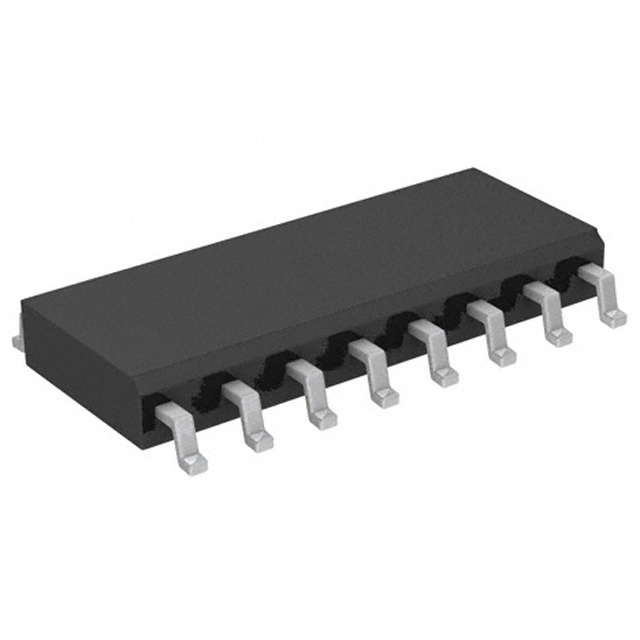
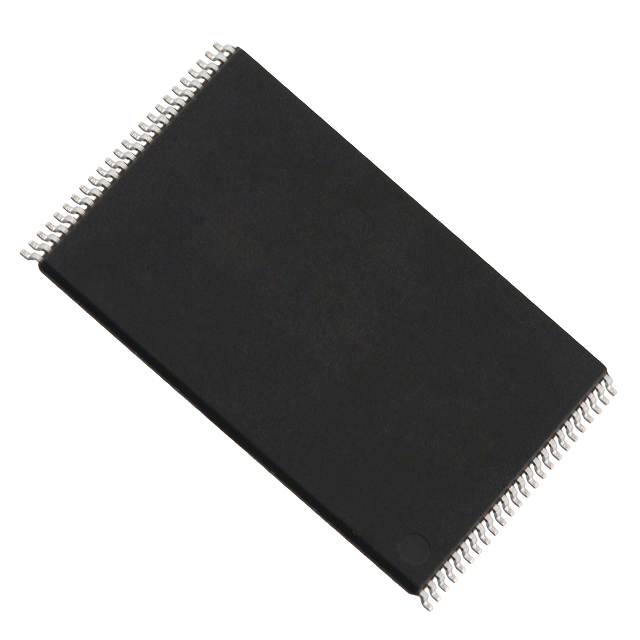
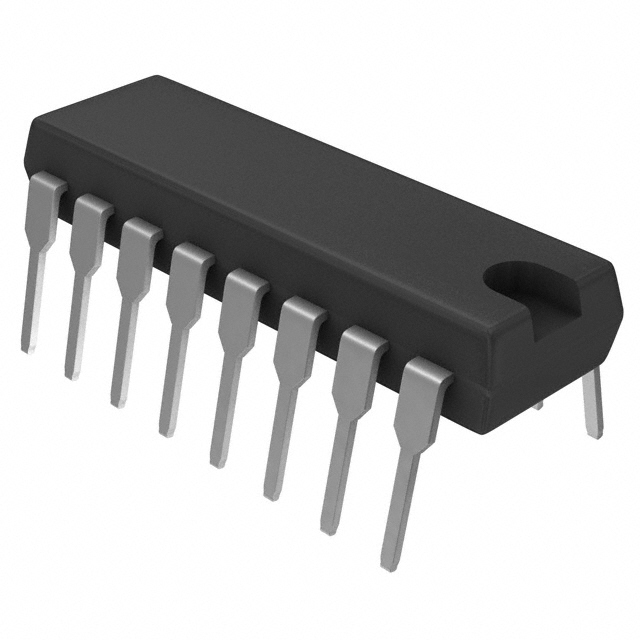
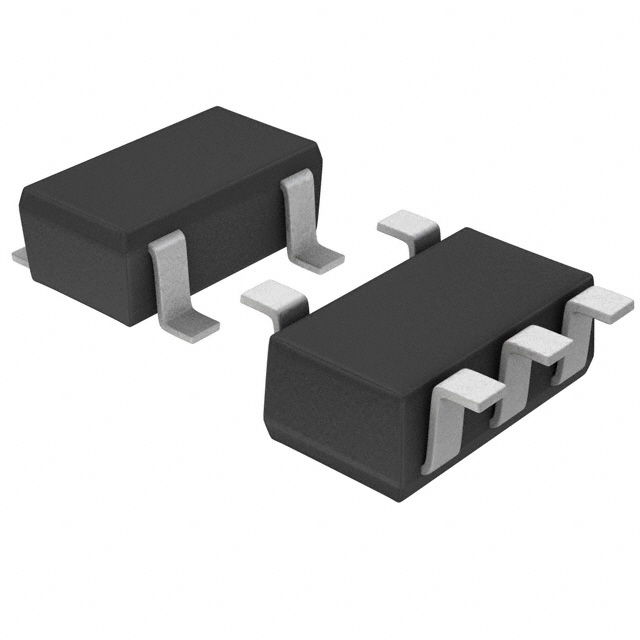
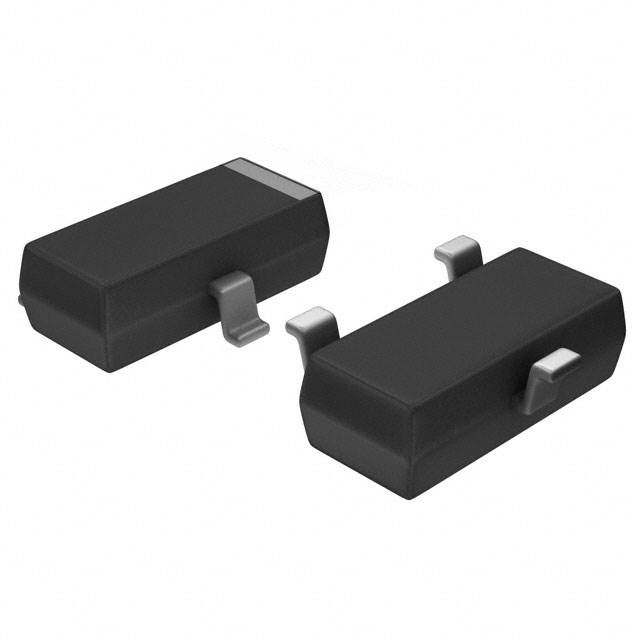
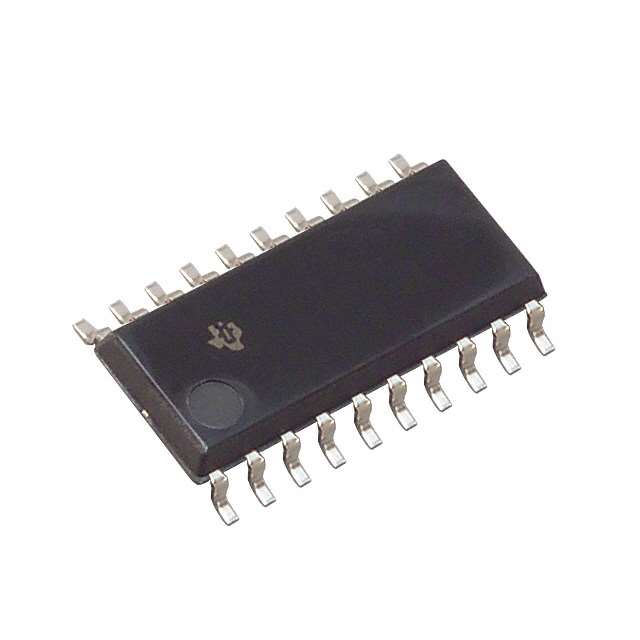
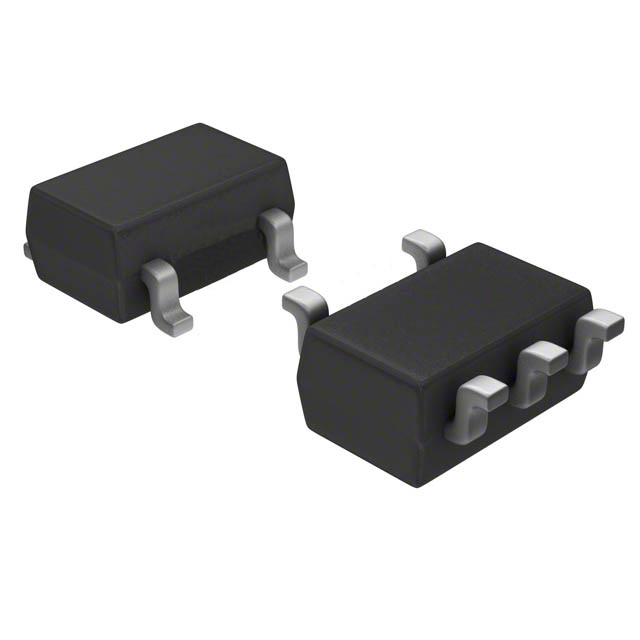
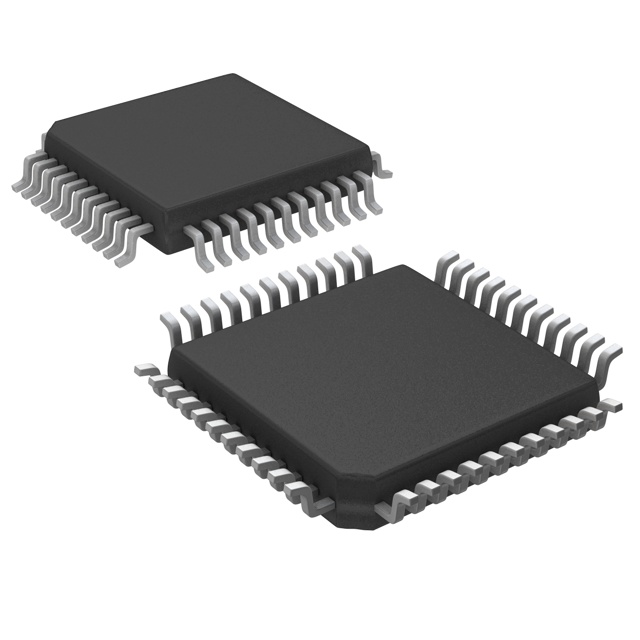
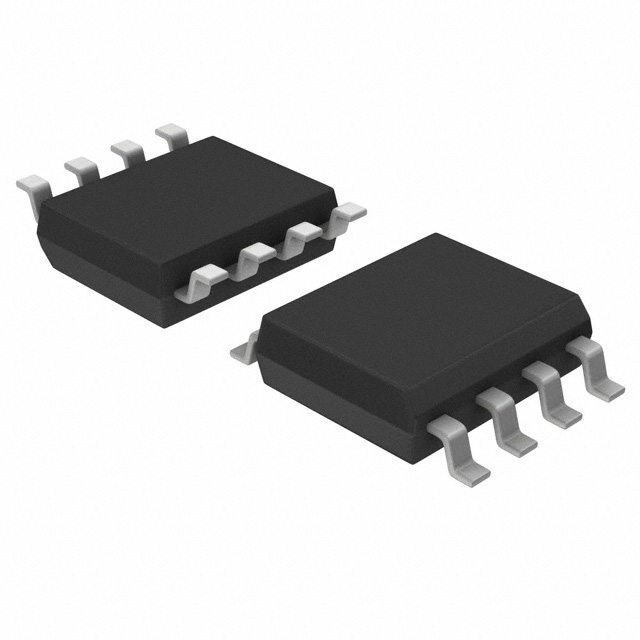

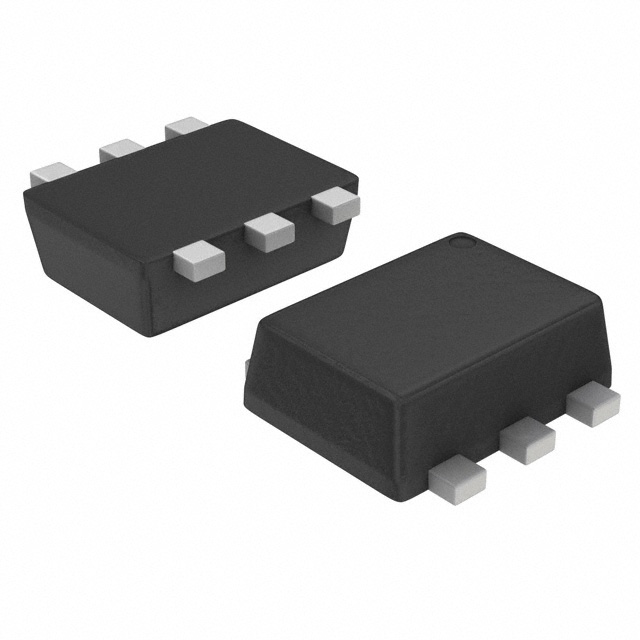
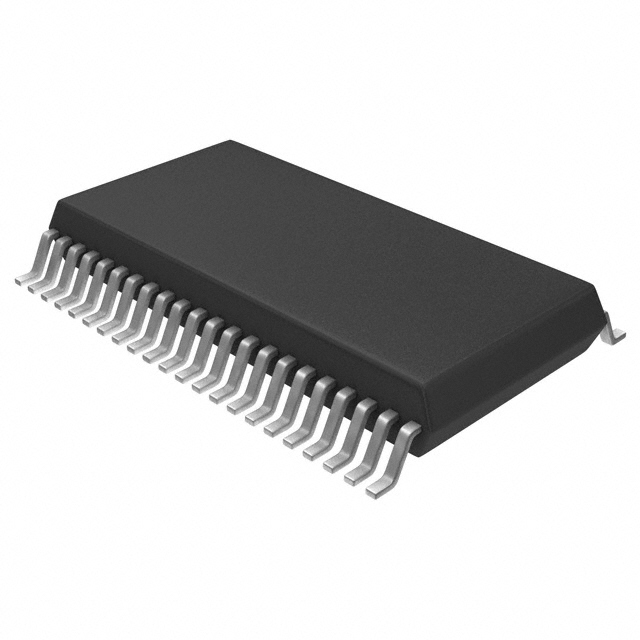

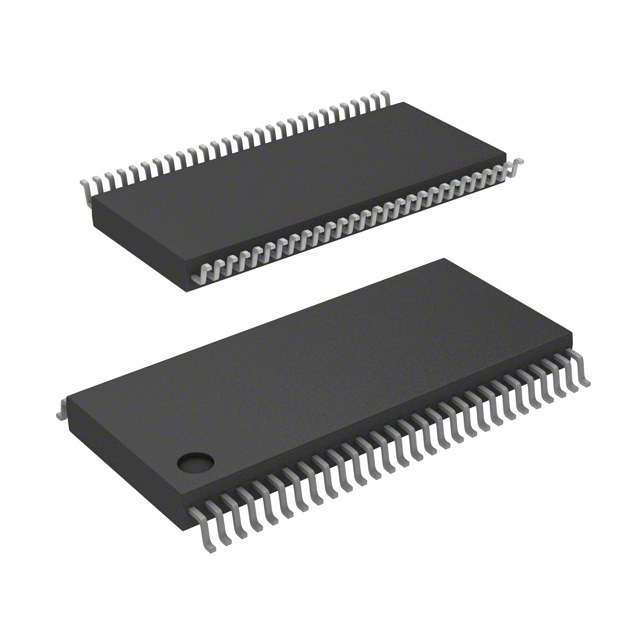
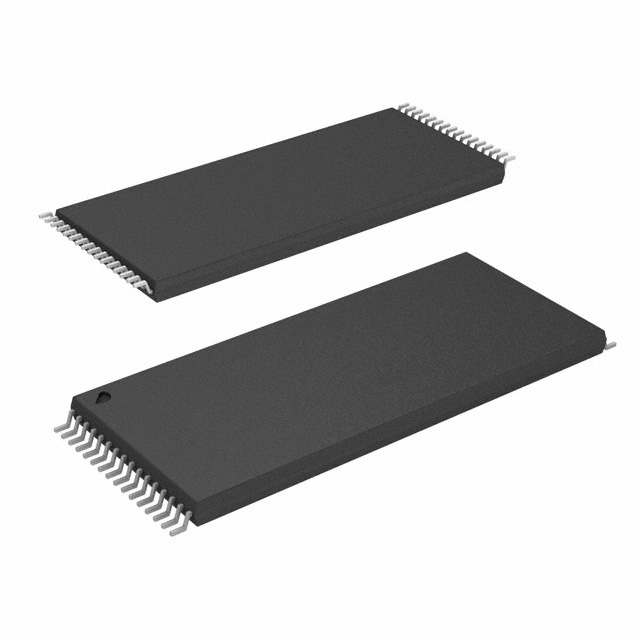
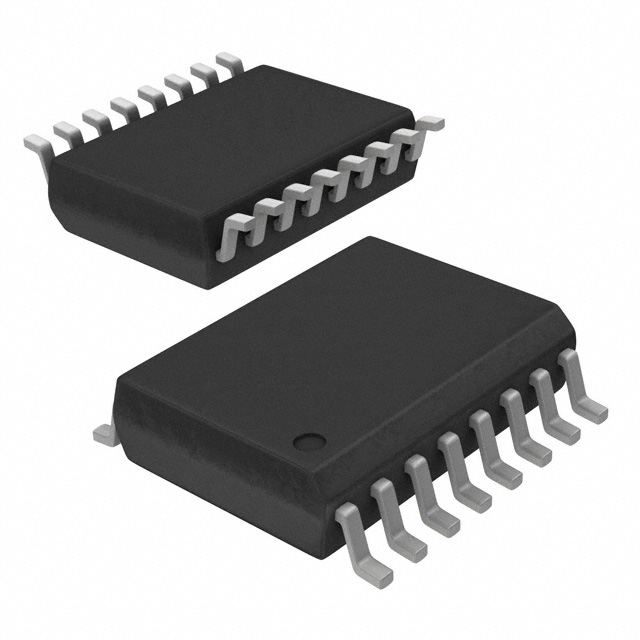
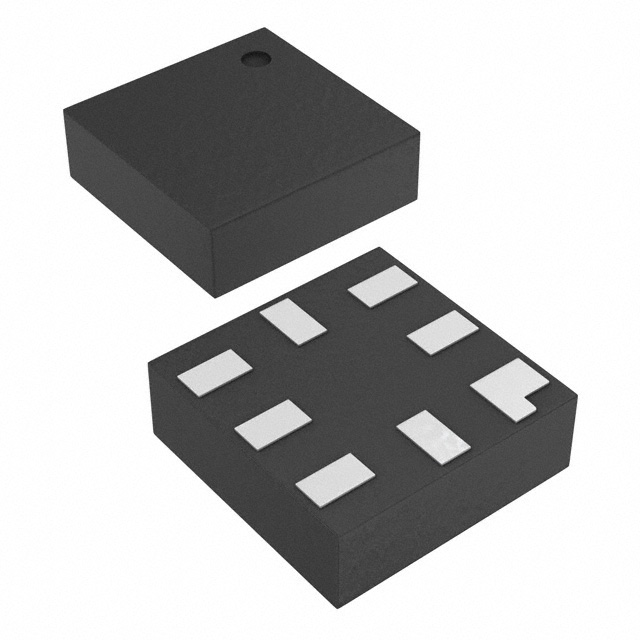
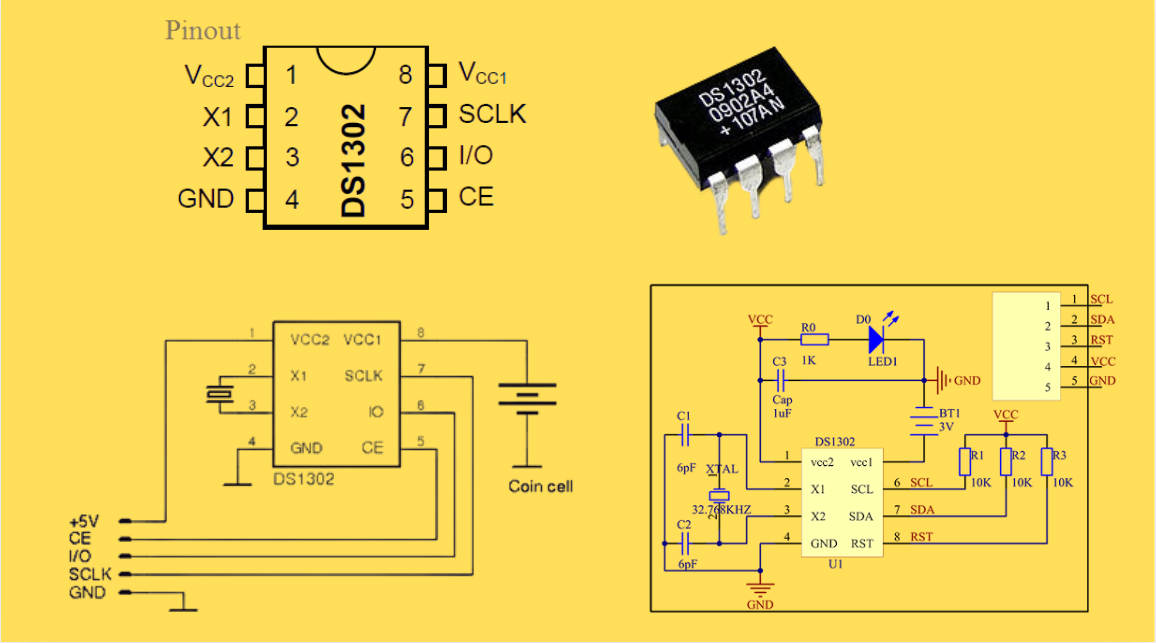

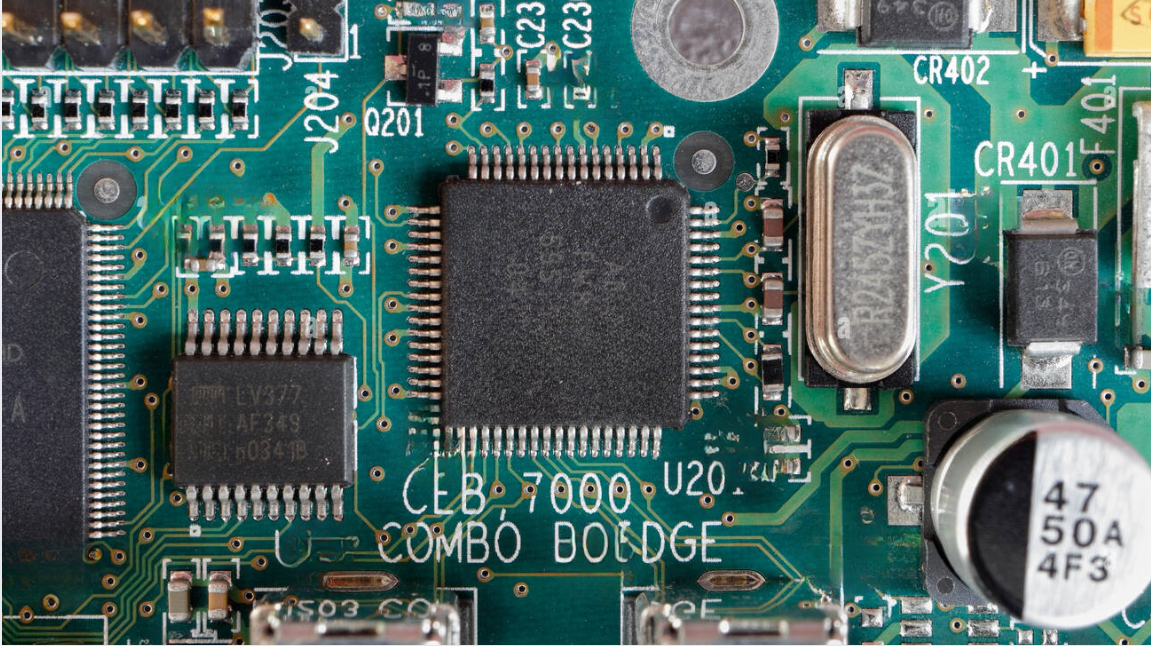
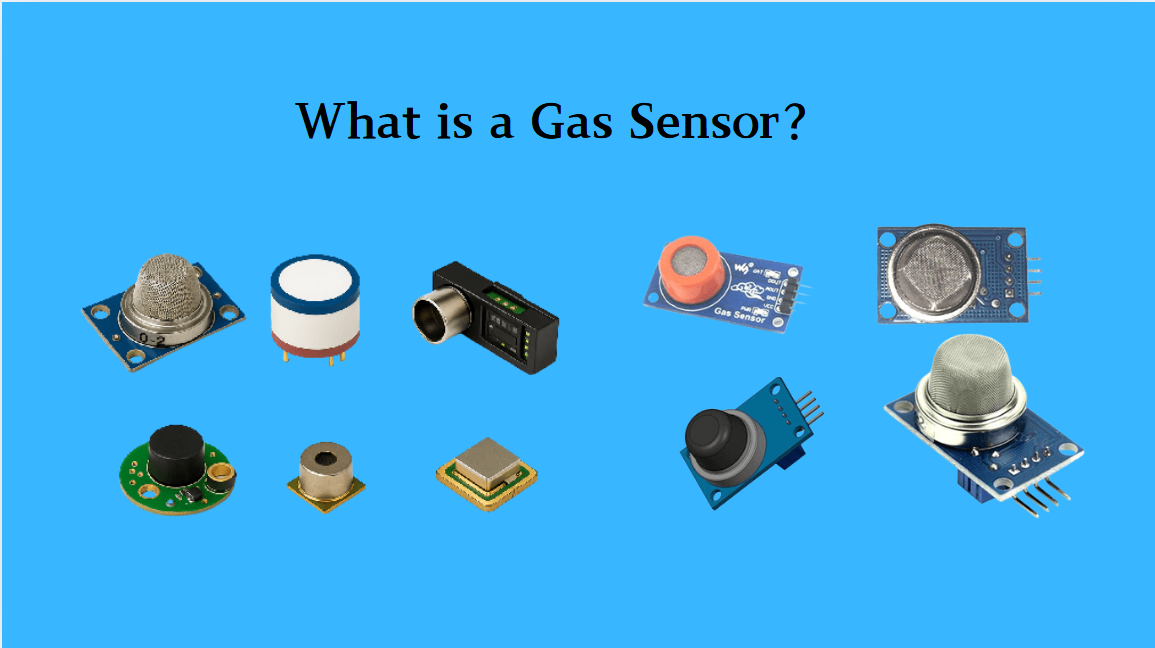

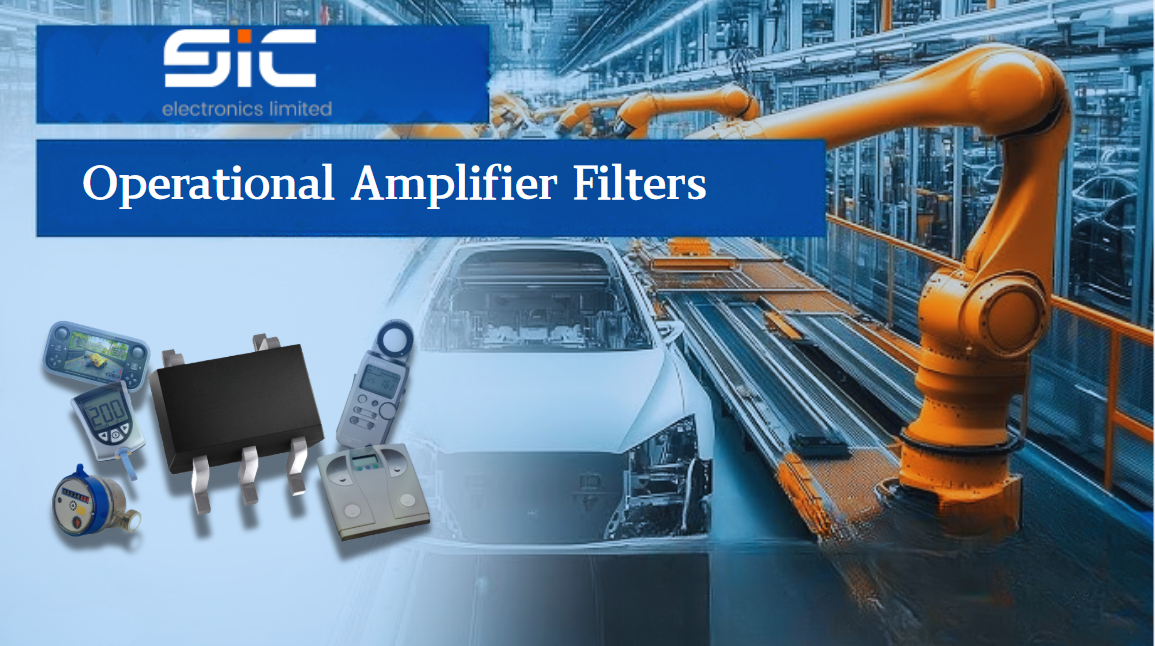

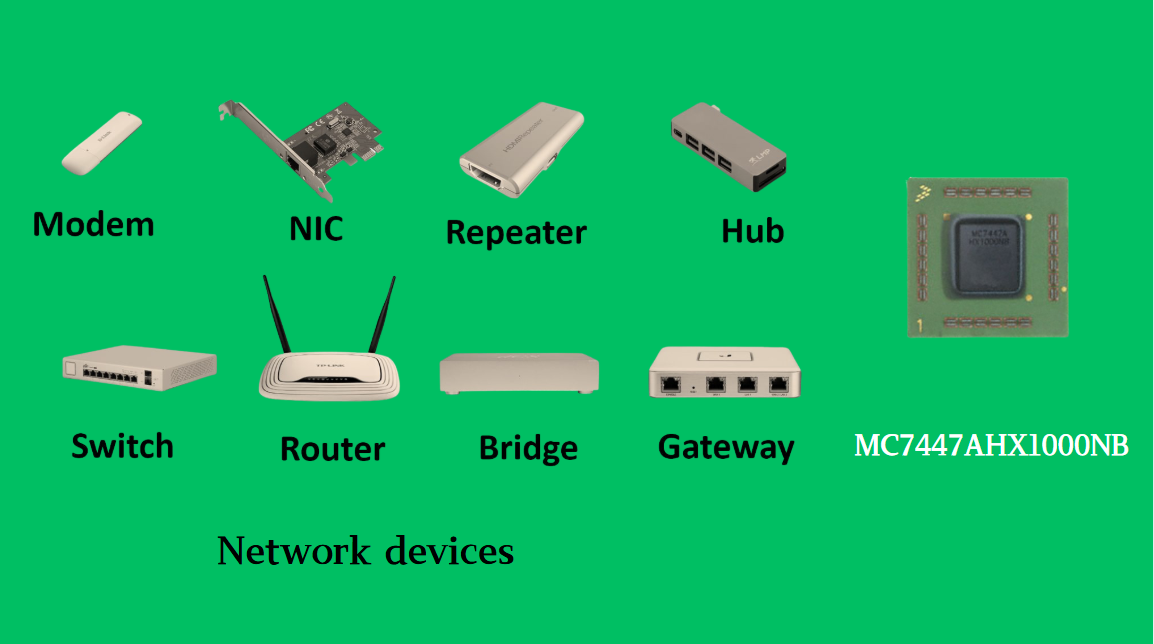

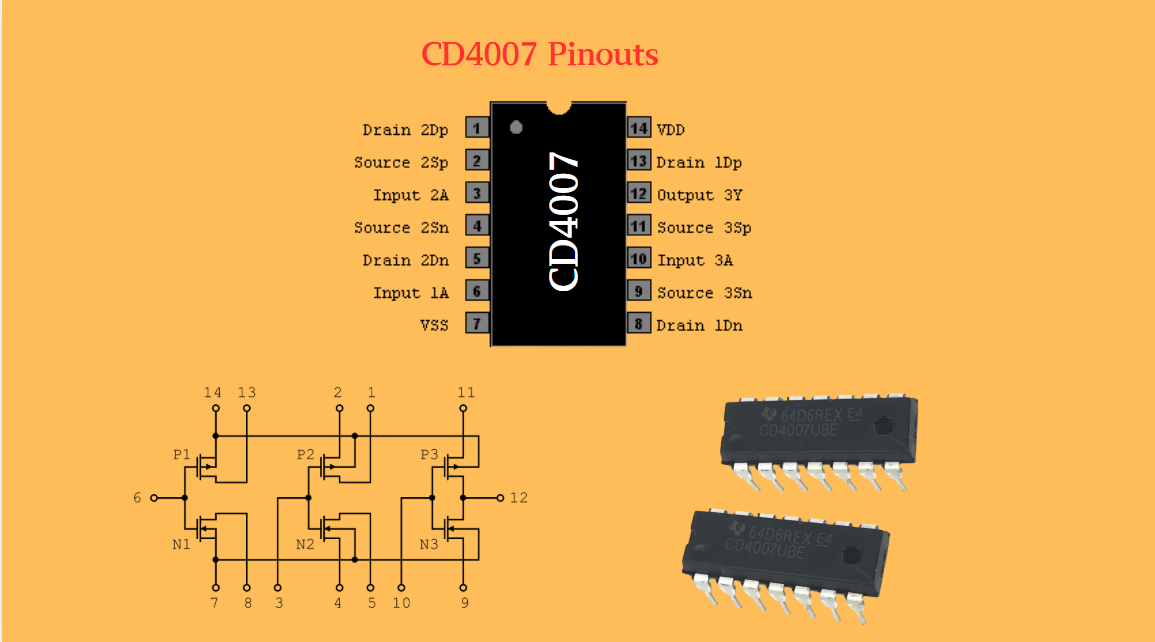
 Wishlist (0 Items)
Wishlist (0 Items)